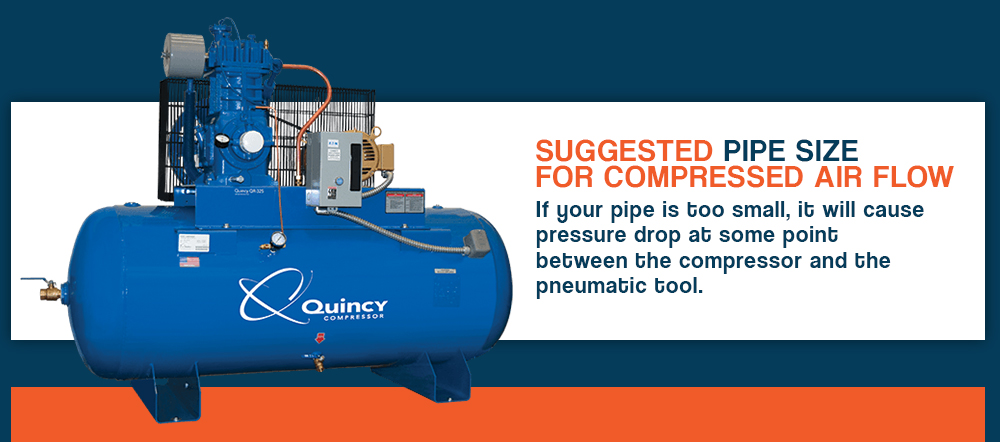Measuring Airflow In A Pipe
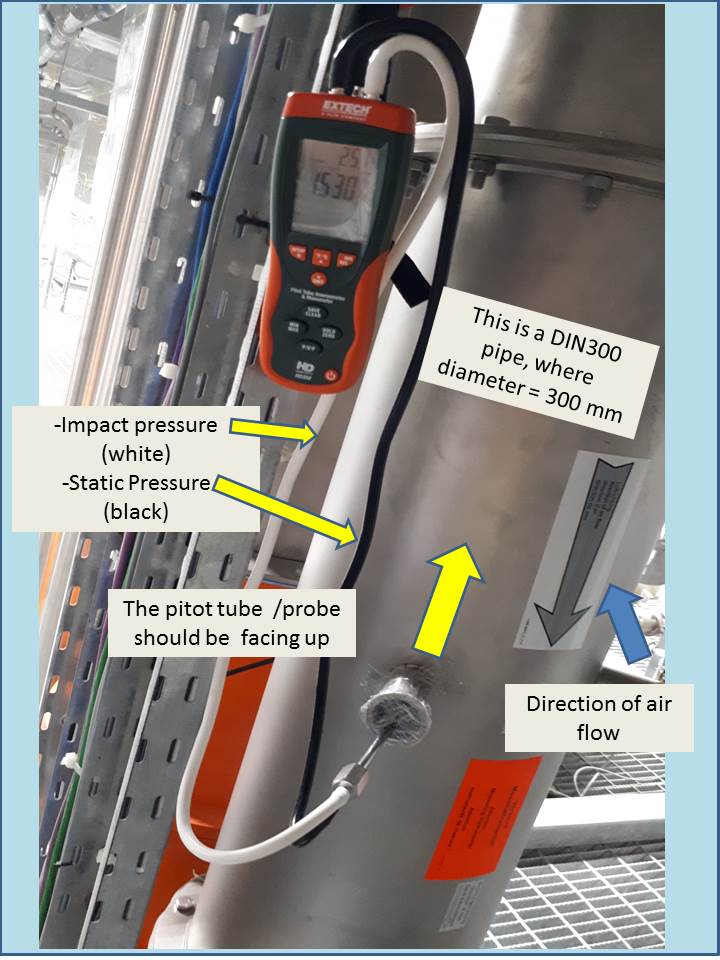
The large display provides an accurate overview of the measured values.
Measuring airflow in a pipe. The cross sectional area of the duct is multiplied by the average air velocity to find the volume per time or flow rate. 25 cfm for 1 5 inches 3 8 cm 35 cfm for 2 inches 5 1 cm 48 cfm for 2 5 inches 6 4 cm. Traverse the airflow in the exhaust duct an airflow traverse requires at least 5 lengths of straight exhaust duct. The horizontal lines represent the airflow though 100 feet of each pipe size.
Define the air flow application. Thanks to the fast response time of the device real time measurement is possible without problems. In this case 135 pound per square inch psi compressed air is being conveyed through a three inch schedule 40 steel pipe to a treatment facility 350 feet away. Where the horizontal cfm airflow lines intersect the diagonal pipe size line represents the approximate amount of pressure drop listed on the bottom horizontal line of the chart.
The ee776 flow meter is based on thermal mass flow measurement and is ideal for measuring the flow of compressed air and gases in pipes from dn50 to dn700. Venturi meters are discussed in this article. With the ee776 the consumption of compressed air. The general rule is make airflow measurements at least 2 pipe diameters before an elbow and at least 8 10 pipe diameters after an elbow.
Calculating flow rates through ducts pipes hoods and stacks collectively called ducts for our purposes has never been difficult. The rough airflow measurements for different inches are. A simple placement of the vane fan in front of the opening of the duct directly measures the wind velocity or volume flow. With this information you can calculate the air flow through the three inch pipe.
The air flow meter pce va 11 is a useful and versatile device for measuring air speeds air temperature and infrared temperature. Pipe flow measurement is often done with a differential pressure flow meter like the orifice flow nozzle and ventruri meter. When airflow cannot be measured directly with a balancing hood airflow can be measured in the exhaust duct by performing an airflow traverse. But what if the opening or the output end of the duct is not accessible.
Measuring or verifying the airflow coming out from the output end of the duct is very simple an easy way is to use a vane anemometer. The pressure gauge at the end of the pipe reads 112 psi.
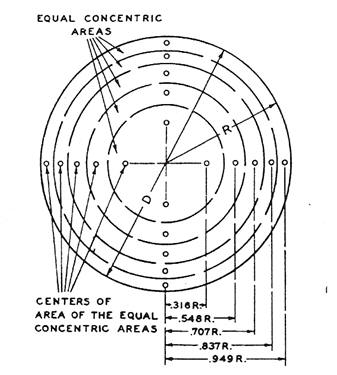

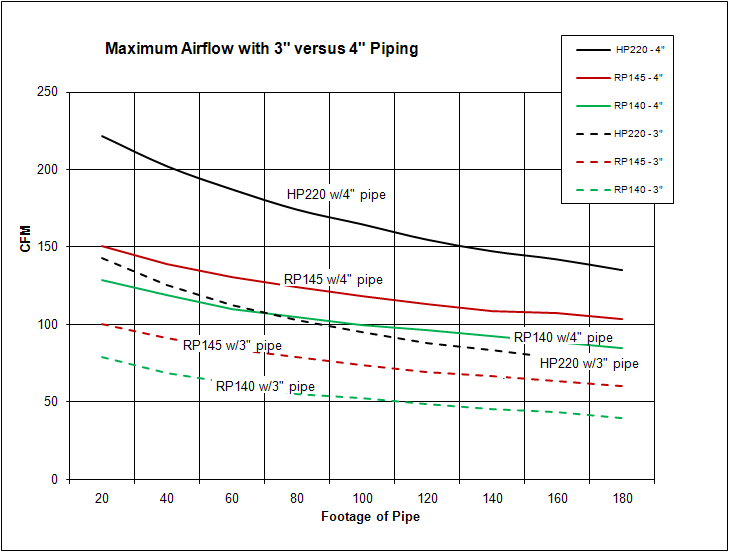


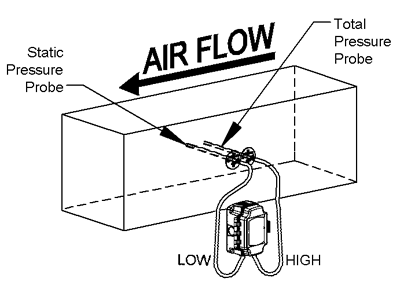






.png)





















